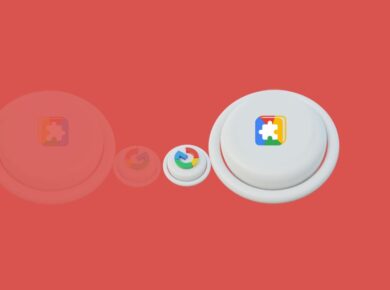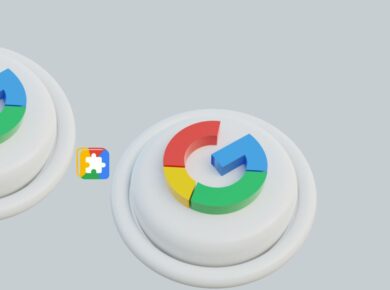UI design for touchscreen devices involves creating user interfaces specifically tailored for devices with touch-enabled screens, such as smartphones and tablets. It focuses on optimizing the extension’s functionality, layout, and interactivity for touch interactions, ensuring a seamless and intuitive user experience on touchscreen platforms.
Benefits of UI Design for Touchscreen Devices
UI design for touchscreen devices offers several advantages:
- Mobile Accessibility: Touchscreen-specific UI design ensures that the extension is accessible and usable on smartphones and tablets.
- Intuitive Interactions: Touchscreen UI design incorporates touch gestures, such as taps, swipes, and pinching, providing a natural and intuitive user experience.
- Enhanced User Engagement: Touch-friendly interactions encourage user engagement and exploration, fostering a deeper connection with the extension.
- Streamlined Layouts: Touchscreen UI design often involves simplified layouts with essential elements, making them easily accessible via touch gestures.
- Targeted Marketing: Touchscreen UI design can help target users on mobile platforms, increasing the extension’s reach.
Common UI Design Techniques for Touchscreen Devices
There are several UI design techniques commonly used for touchscreen devices:
- Tap Interactions: Users interact with elements by tapping on them, triggering actions or opening new screens.
- Swipe Gestures: Swiping gestures allow users to navigate through content or access additional functionality.
- Pinch-to-Zoom: Users can pinch to zoom in or out, providing a dynamic view of content.
- Drag-and-Drop: Users can drag and drop elements to rearrange content or perform specific actions.
- Long-Press: A long press triggers a context menu or additional options.
Implementing UI Design for Touchscreen Devices
To create a touchscreen-specific UI design:
- Understand Touch Gestures: Research and understand the standard touch gestures and their associated actions.
- Simplify Layouts: Opt for simplified layouts with essential elements, ensuring they are easily accessible via touch gestures.
- Incorporate Touch Interactions: Incorporate touch gestures, such as taps, swipes, and drags, for intuitive interactions.
- Consider Screen Size and Resolution: Design for varying screen sizes and resolutions, ensuring the extension is adaptable.
- Test on Touchscreen Devices: Test the extension on actual touchscreen devices to ensure proper rendering and functionality.
- Optimize for Performance: Optimize the extension’s performance, reducing load times and ensuring responsiveness on touchscreen devices.
Challenges and Considerations
While UI design for touchscreen devices offers benefits, there are considerations to keep in mind:
Performance Optimization: Touchscreen interactions may impact performance, especially on older devices or slower connections.
User Input Limitations: Touchscreen devices have limited input methods, so it’s important to provide efficient and intuitive input mechanisms.
Device Fragmentation: The touchscreen landscape is fragmented, with various operating systems and device types, requiring testing across platforms.
Localization and Translation: Ensure that the touchscreen UI is localized and translated for global audiences.
Hardware Limitations: Consider hardware limitations, such as limited processing power or screen size, when designing interactions.
UI design for touchscreen devices is essential for creating a seamless and intuitive user experience on smartphones and tablets. By incorporating touch gestures, simplified layouts, and intuitive interactions, developers can reach a wider audience and provide a more engaging and accessible experience.
However, it’s important to address performance considerations, input limitations, and device fragmentation to ensure a smooth and responsive touchscreen UI design that meets the unique needs and expectations of mobile users.




